Italian Gardens
The Italian Garden layout is designed within the historic framework of Sir Charles Barry’s original Italianate Garden of the 19th Century.
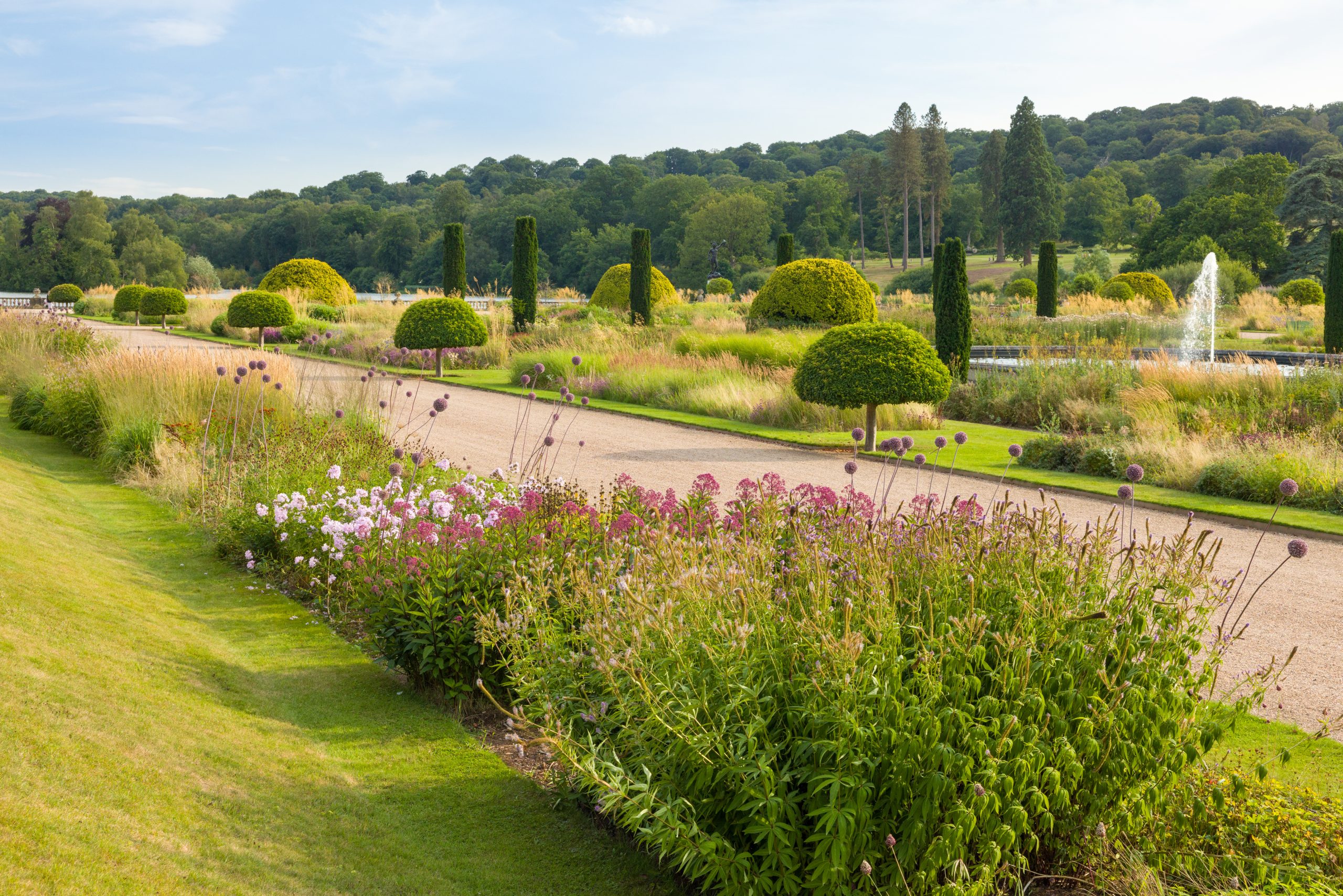
The Italian Garden layout is designed within the historic framework of Sir Charles Barry’s original Italianate Garden of the 19th Century.
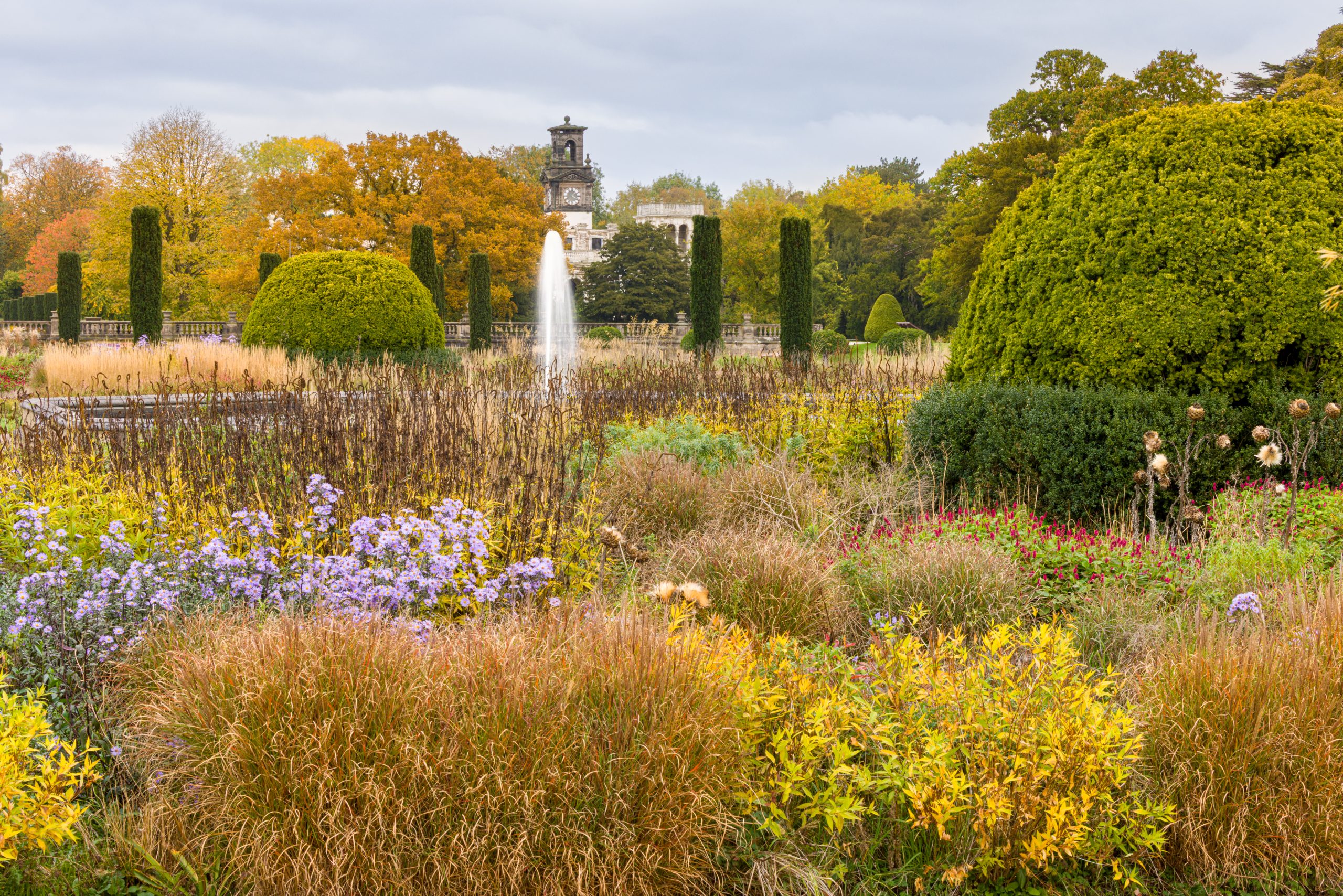
The planting utilises hot bold colours towards the top of the garden, where Trentham Hall once stood, with more subtle and lighter colours as the planting approaches the lake. There are two types of planting:
There are 80,000 perennials planted in The Italian Garden, in over 400 different varieties, in 70 flower beds.
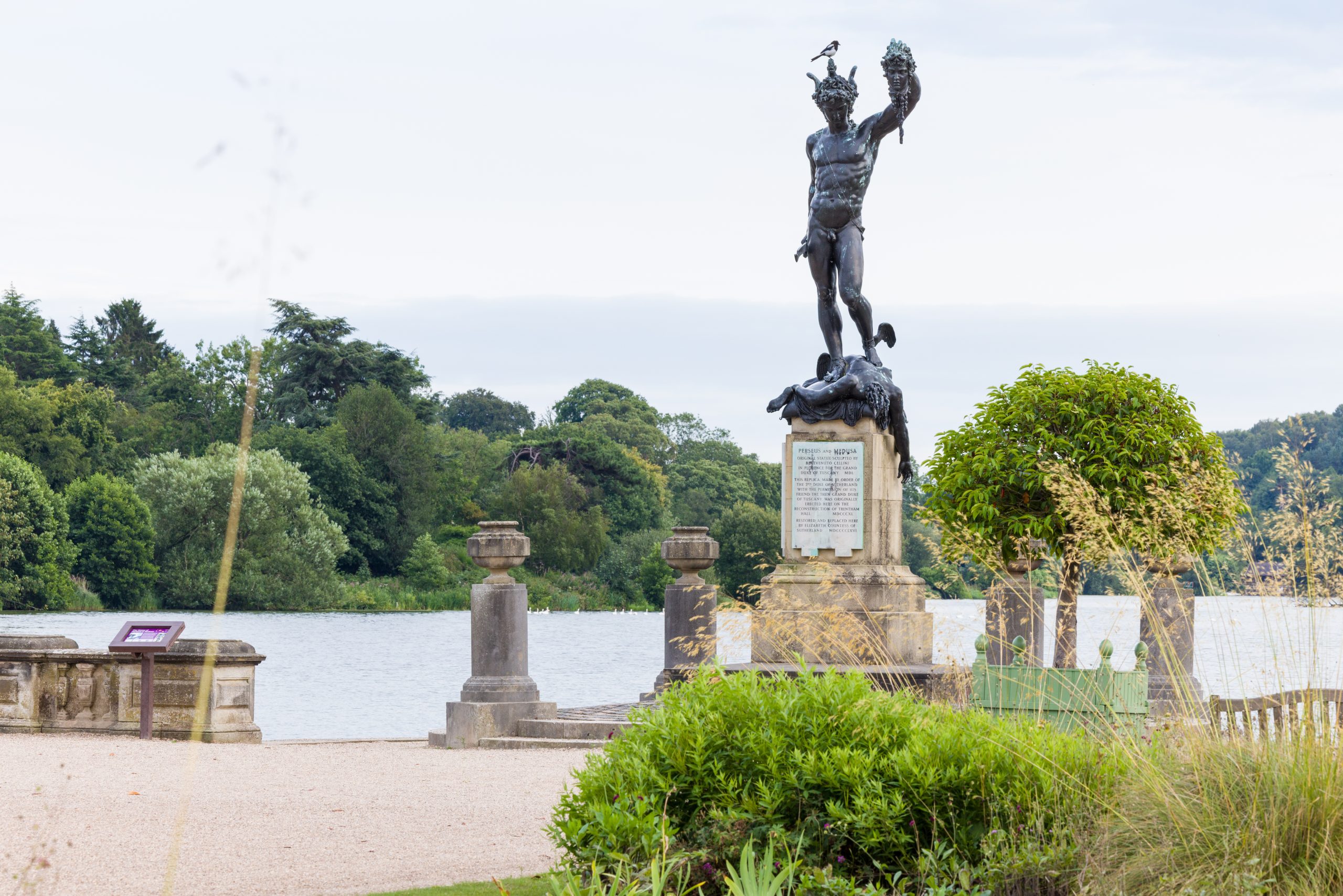
At the head of the Italian Gardens stands Perseus, at the moment he has slain Medusa, holding her head aloft! This iconic statue is a 19th Century copy of Benvenuto Cellini’s original 1550s masterpiece, now at the Loggia dei Lanzi, in Florence. The replica was one of the biggest free-standing bronze sculptures in the UK after being commissioned by the 2nd Duke of Sutherland.
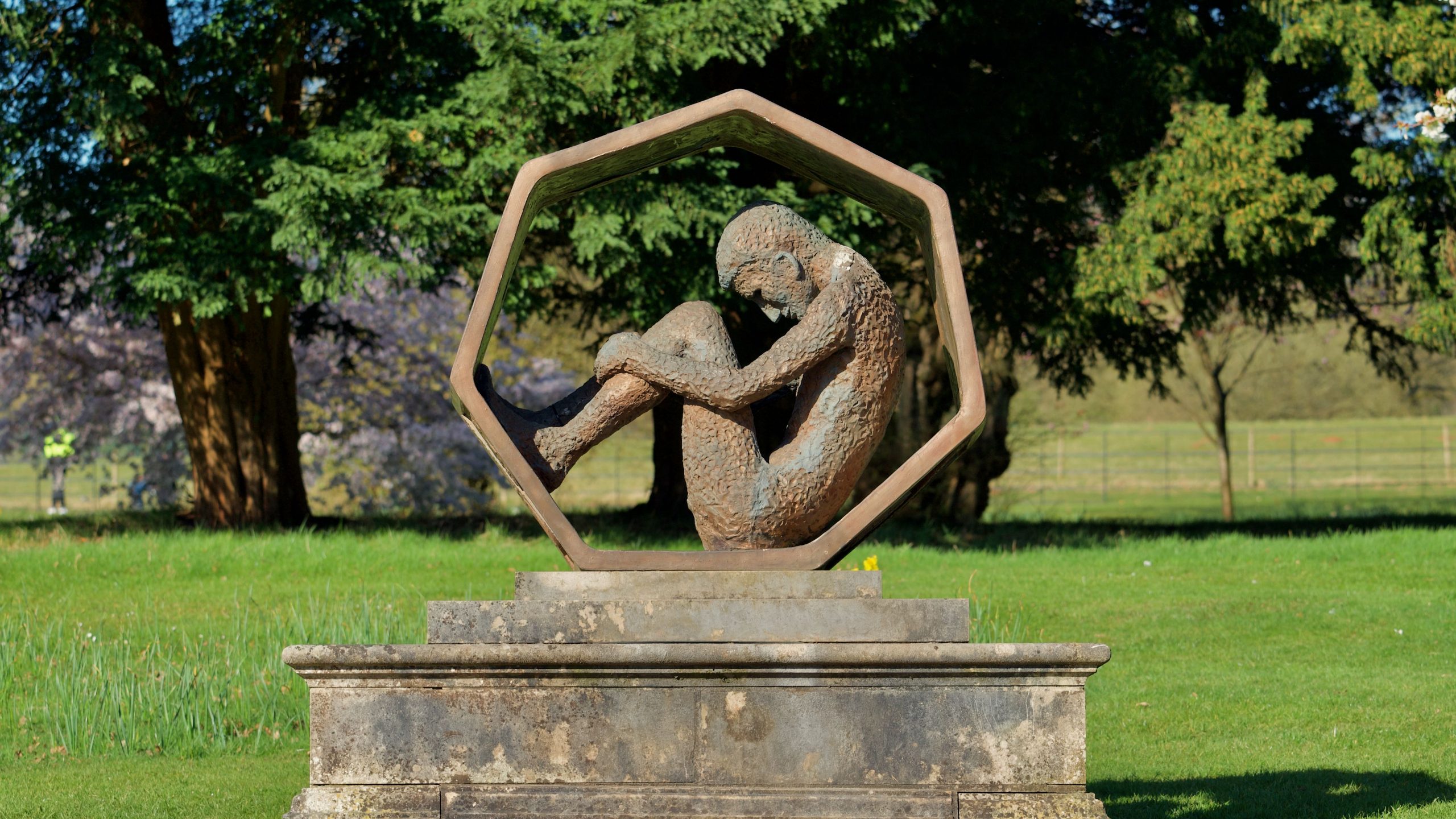
There were once 4 loggias in the grounds at Trentham, sadly, just one remains today, to the Western side of the steps down from the Upper Flower Garden, to the lower beds of The Italian Garden. A majestic structure, to steal yourself away for a peaceful moment of contemplation. Another relic of Trentham’s more recent history is the fifty pence piece. A sculptural gift from the Bank of England, to thank Trentham for housing the London Clearing Banks in The Grand Hall, from 1939 to 1945.
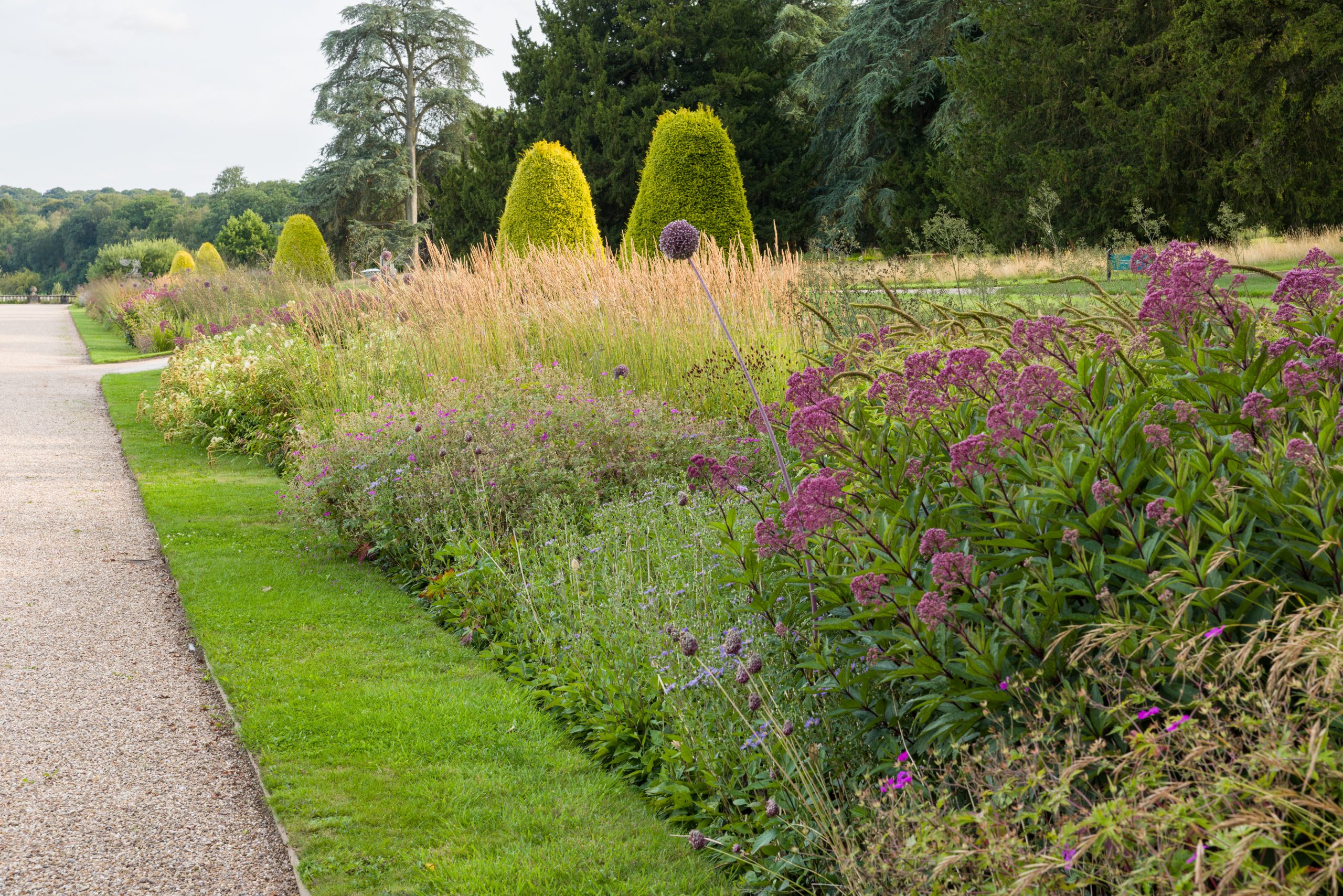
Flanking either side of The Italian Garden, are two 120-metre-long borders designed by eminent Dutch plantsman, Piet Oudolf. With a choice selection of plants including Salvias, Echinacea, Phlox and a large selection of ornamental grasses. The borders compliment Tom Stuart-Smith’s planting in the Italian Garden and the two work together harmoniously with their style of naturalistic planting.
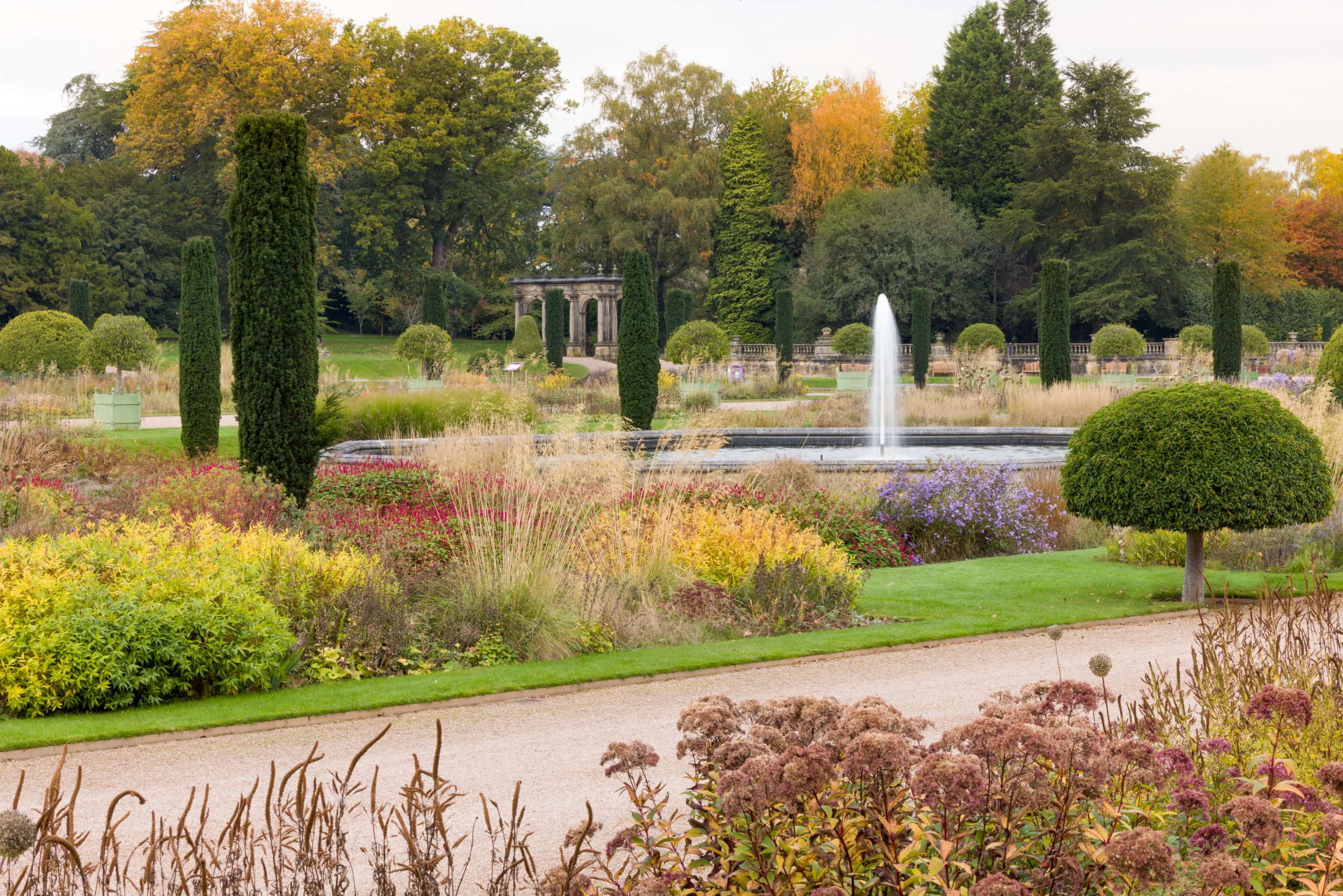
One of Trentham’s most striking features is its abundance of fountains and indeed their scale! In the Italian Garden there are 7 fountains, which all utilise water from the lake. The largest are 10 metres in diameter, and the highest jets reach 7 metres.
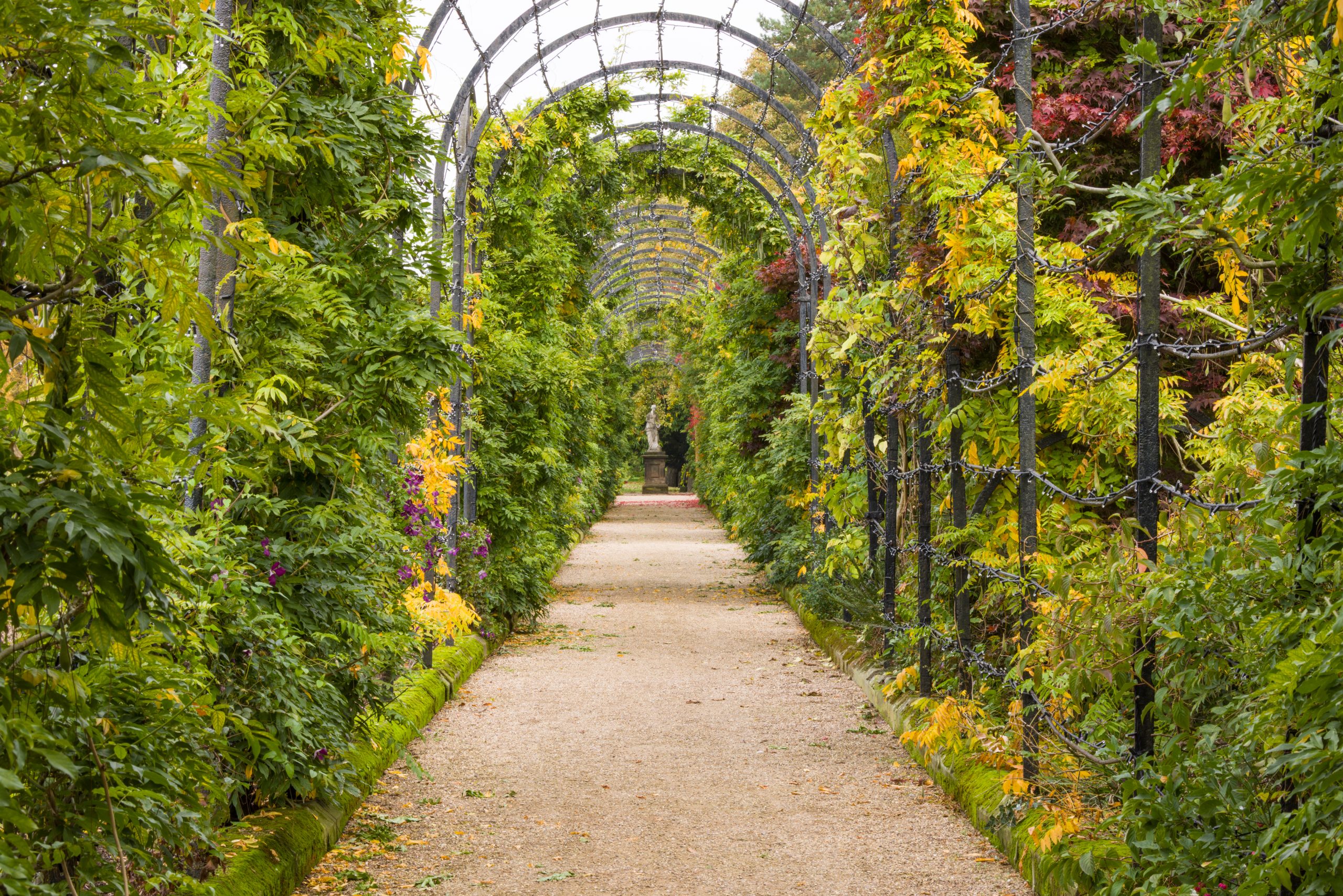
The original ironwork frame of the Trellis Walk was designed by George Flemming in 1847, and underwent careful renovation as part of the garden regeneration in 2004. It is approximately 100 metres in length, and covered in scented florals, including Wysteria. The Trellis separates The Italian Garden from Piet Oudolf’s schemes in the Eastern Pleasure Ground. You can take in an elevated view of The Floral Labyrinth and Rivers of Grass, from the viewing mounds adjacent to The Trellis Walk. This is a popular spot for sculpture, both ancient and modern. At the north end you will find a statue of Hygieia, of Greek and Roman mythology – she is the Goddess of Health.
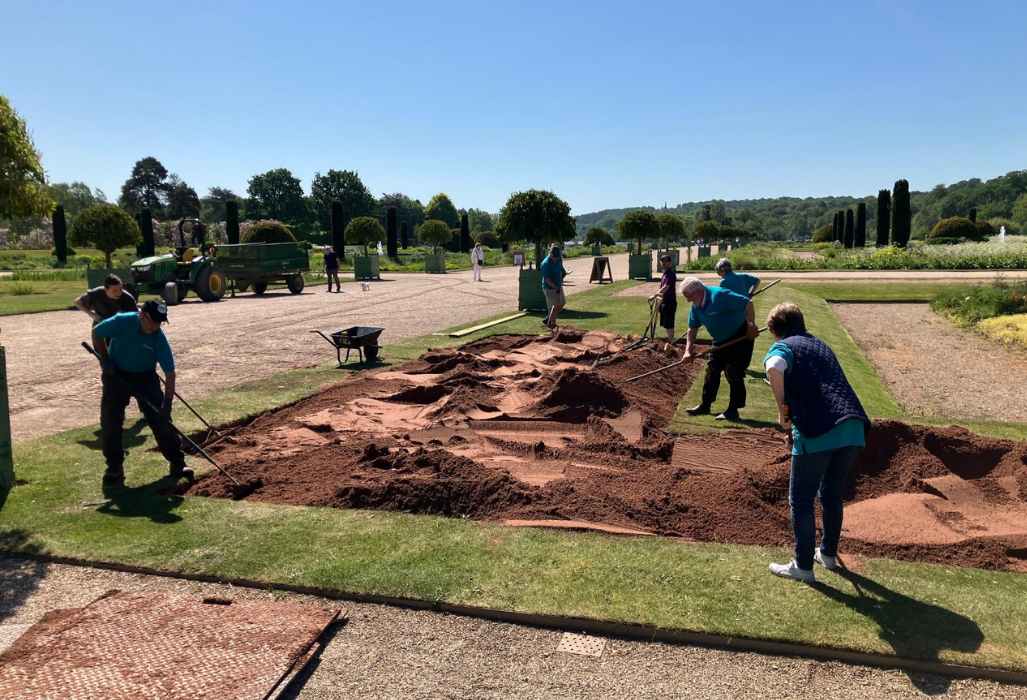
Trentham’s Italian Garden is undergoing an exciting transformation with renowned designer Tom Stuart-Smith. Over the coming years, the garden will be replanted with resilient, long-lived perennials, creating a vibrant landscape that can thrive in our changing climate. Planting is currently underway following earlier groundwork preparing the beds.
Find out more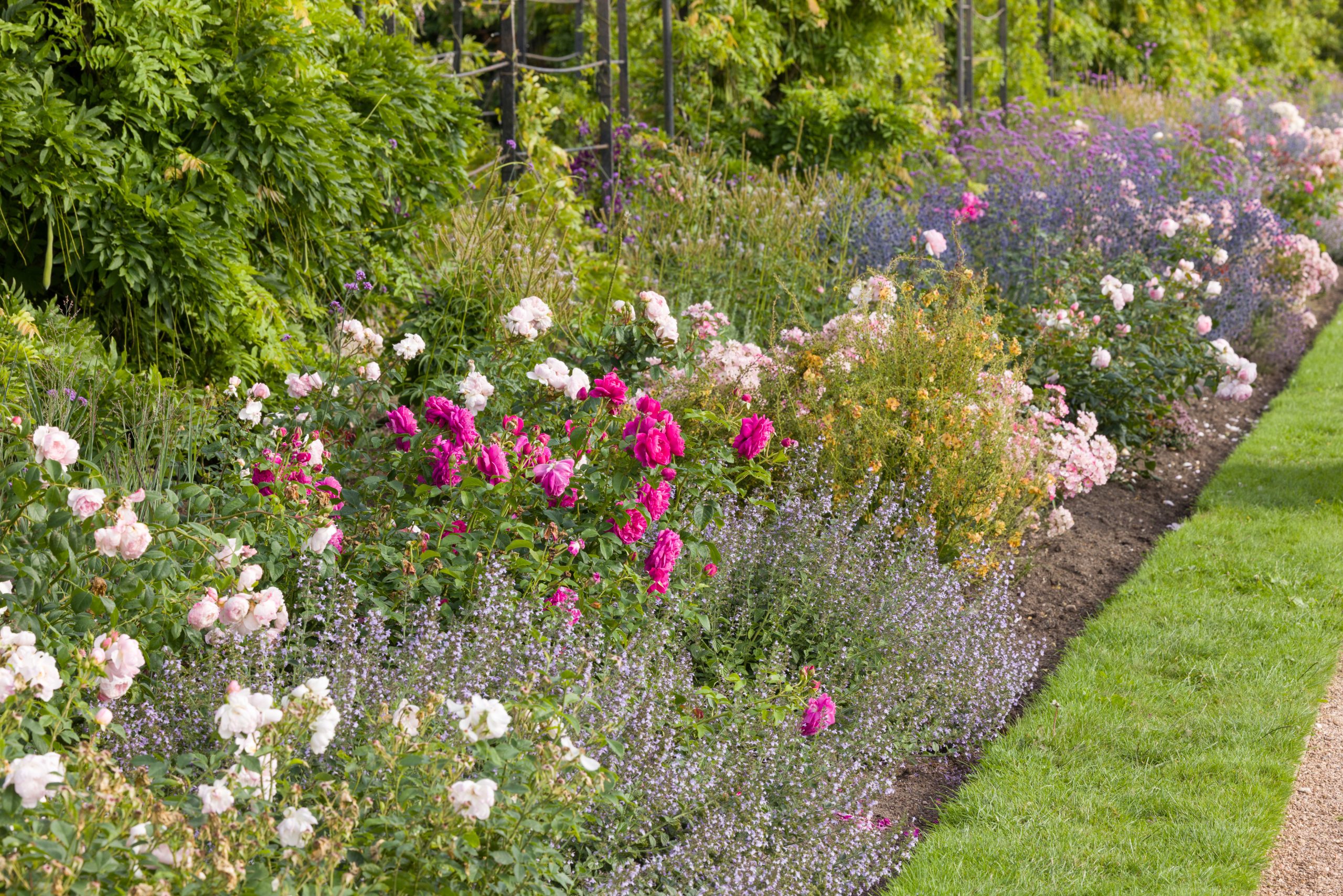
As we commemorate the 20th anniversary of Trentham Gardens, we are delighted to embark on a thrilling venture with David Austin®, renowned for their exquisite English Roses. This collaboration is at the heart of our ‘Gardens Revisited’ initiative, celebrating two decades of horticultural innovation and excellence at one of the UK’s most beloved historic gardens.
Typically, the length of The Trellis Walk contains a wonderful mix of shrub roses that have been carefully selected to combine beautiful flowers and strong fragrances with maximum health and reliability, nearly all repeat flower.
Find out more